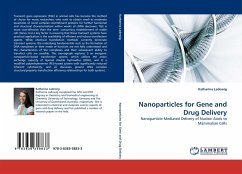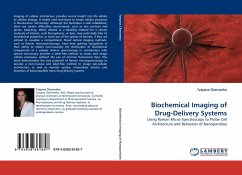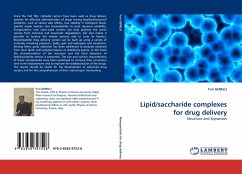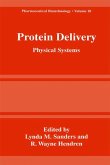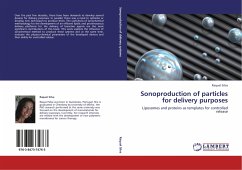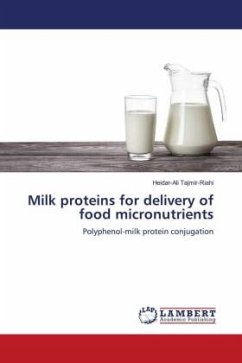Transient gene expression (TGE) in animal cells has become the method of choice for many researchers who wish to obtain small to moderate quantities of novel complex recombinant proteins for further functional and structural characterisation within weeks of cDNA discovery. TGE is more cost-effective than the time- consuming establishment of stable cell clones, but a key factor in ensuring that these transient systems have practical application is the availability of efficient and robust transfection agents. While chemical transfection methods currently dominate transient systems, the underlying fundamentals such as the formation of DNA complexes or their mode of function are not fully understood and the characteristics of the complexes and their subsequent ability to transfect cells are variable. This monograph explores i) an inorganic nanoparticle-based transfection system, which utilizes the anion exchange capacity of layered double hydroxides (LDHs), and ii) a modified polyethylenimine (PEI)-based system with significantly reduced inherent cytotoxicity, and iii) discusses generic DNA complex structure/property-transfection efficiency relationships for both systems.

